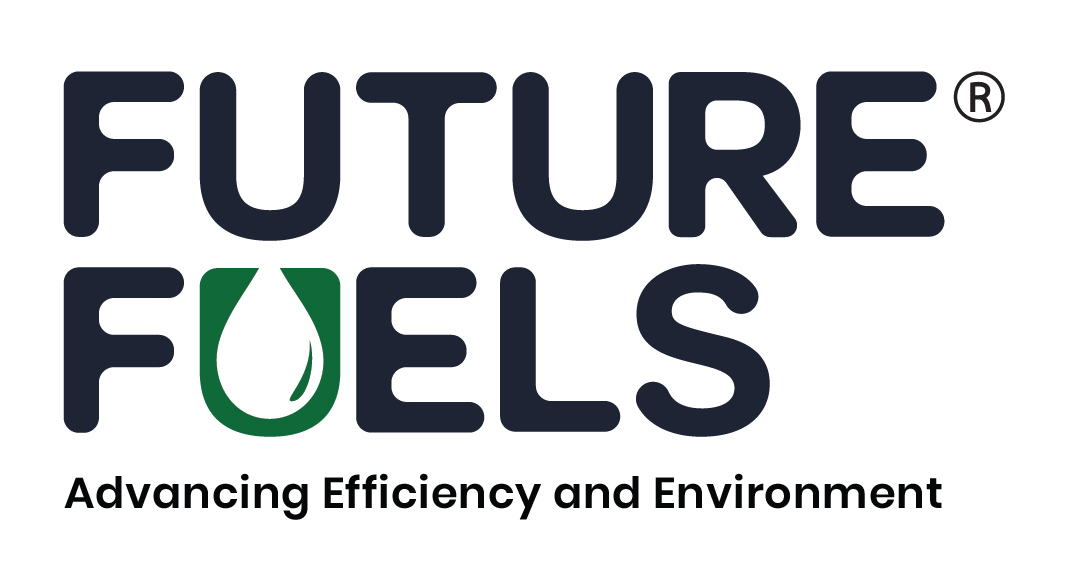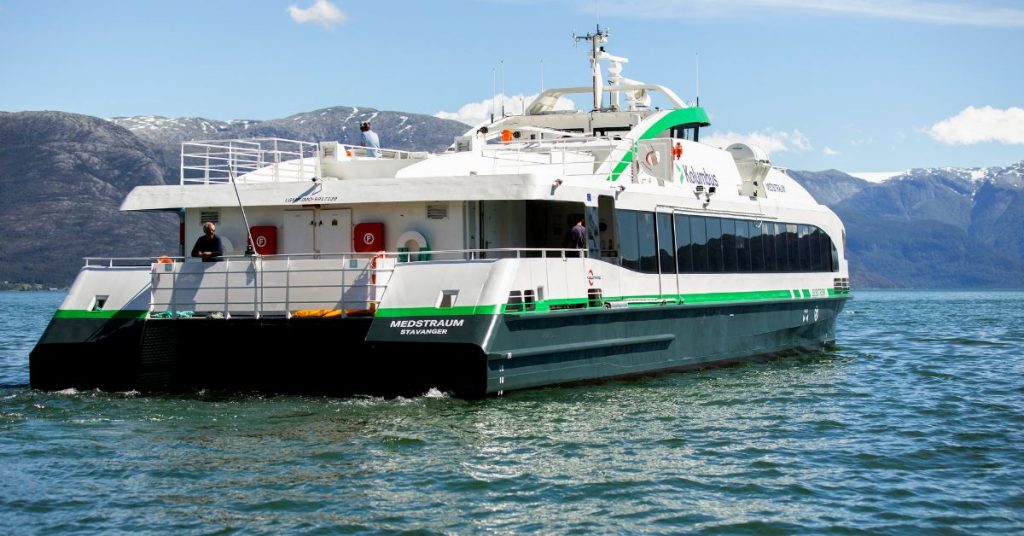The electric propulsion system of MF Ampere, which was introduced on the Lavik-Oppedal route, has produced “exceptional” results and lessened the environmental effect of ferry travel. An important step toward decarbonizing Norway’s transportation sector was taken when CO2 emissions were cut by 2,700 tons per year. The operational cost of each voyage has been lowered by an astounding 85% to 90 per cent when compared to a conventional ferry powered by fossil fuels, resulting in savings of around $15 million overall.
The electrification of an additional 80–90 boats in Norway was made possible by the proven cost and carbon savings. Additionally, it has sped up technological advancements that allow for lighter and more energy-efficient devices. By electrifying its fleet of north-to-south ferries, Norway has established itself as a pioneer in green shipping. It all began with the Ampere and the Norwegian Public Roads Administration’s decision to mandate the use of sustainable technology in the new construction that would carry cars and passengers across the Sognefjord on the west coast of Norway.
In order to identify the best option, ferry operator Norled started looking into electric alternatives and partnered with Fjellstrand Shipyard. Based on the Ampere’s design, Norled went on to win the ferry tender. The MF Ampere marked the beginning of ecologically responsible operations for Norled. In addition to proving that electric ferries are feasible in Norway, the ferry’s success has sped up the adoption of comparable technologies in coastal cities and island communities across the globe.
The MF Ampere will continue to sail until the next ground-breaking innovation is in place: four autonomous ferries are scheduled to operate the route starting in 2026. This is due to the recent installation of additional batteries to extend the vessel’s lifespan.
Tags: CO2 Emissions, electric, Ferry, MF Ampere



Recent Posts
New Report Highlights Potential of Voluntary Insetting to Support Maritime Decarbonisation, Calls for Robust Safeguards
Smart Ship Hub achieves industry first with ABS emission reporting
Henkel Rolls Out India’s First Mid-Haul Re-Powered Electric Trucks for Commercial Logistics
Sustainability in Focus at 11th SIAM Automotive Logistics Conclave in New Delhi
L&T Energy GreenTech to Establish India’s Largest Green Hydrogen Plant
JK Srivastava Group and Hynfra Announce $4 Billion Green Ammonia Project in Andhra Pradesh
Andhra Pradesh Unveils Ambitious Green Hydrogen Valley Plan to Lead India’s Energy Transition
South Africa advances plans to decarbonize shipping sector